This is a fungal leaf spot. Without culturing in a lab it’s impossible to say which fungi is causing the problem, but since the treatment is the same it really doesn’t matter which one it is. Here’s what you need to know:
1. Leaf spot occurs on most plants to some degree. The longer the season, the more it shows up, so it’s common to find it later in the summer or in the fall.
2. Frequent splashing or dampening of foliage can lead to leaf spot on most veggie plants. For this reason be sure not to get foliage wet when you water – don’t water in the evening if you can help it, so the leaves won’t stay wet all night. Direct water at the soil not onto leaves. (In seasons when days are warm and nights are cool there is more dew on the plants naturally, so cool night temperatures are pretty much a prescription for leaf spot fungi.)
3. It’s common to see more leaf spot on older leaves since they’ve been around longer. As soon as you see spots and yellowing leaves, clip these off and throw them away.
4. You can help protect undamaged foliage by using an organic fungicide. There are several available including Serenade, Actinovate, copper and sulfur. Ask at your local garden center for an organic fungicide labeled for fungal problems on vegetables, and use according to directions in terms of concentration and frequency.
5. It’s always easier to protect undamaged foliage than it is to treat infections that are already underway – so in future years start using an organic fungicide BEFORE the plant gets a problem – use according to label directions.
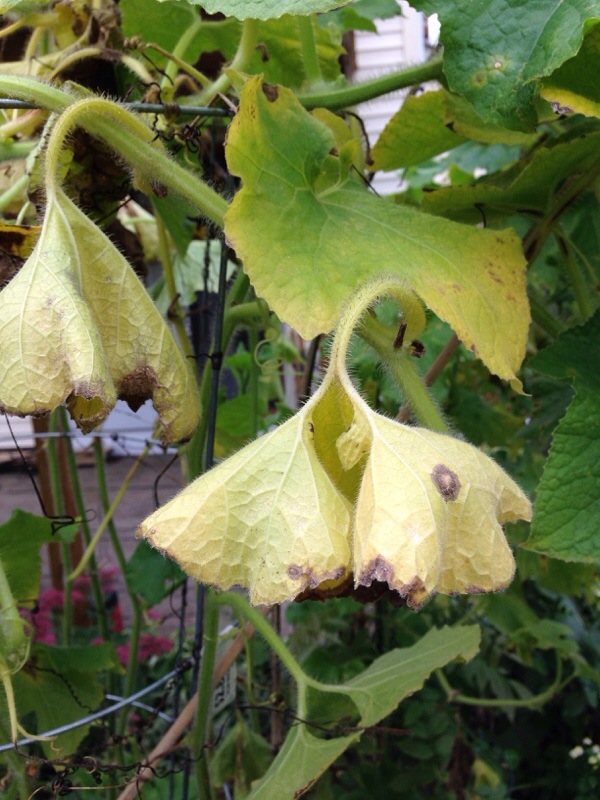
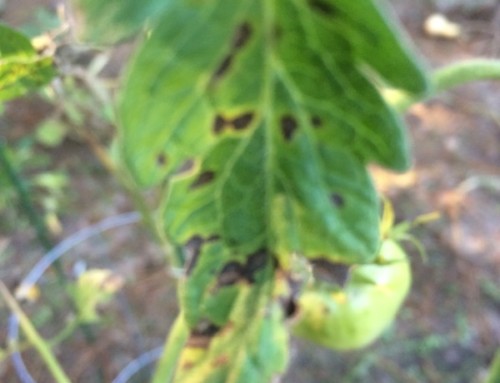
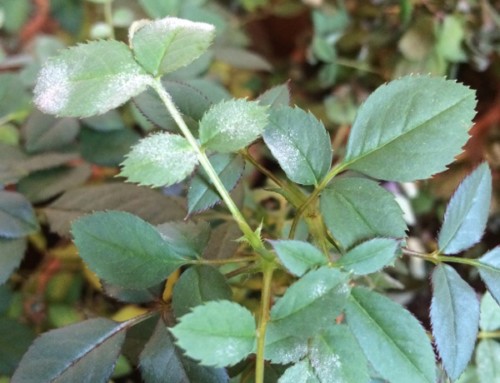
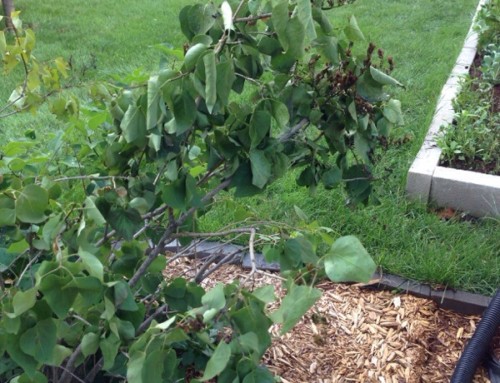
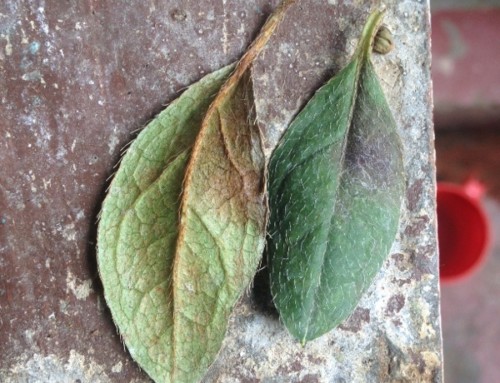
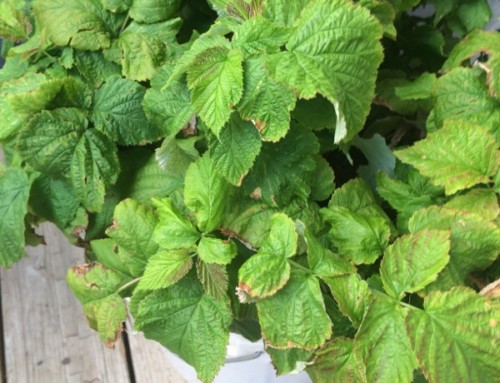
Leave A Comment